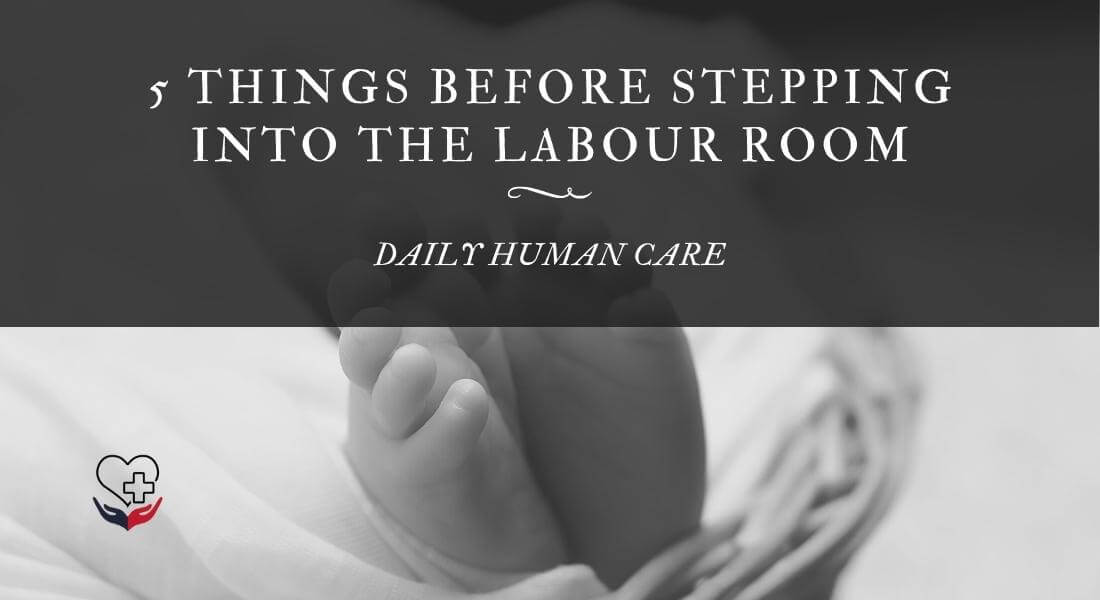Table of Contents
Stepping into the Labour Room
Parenthood is a wonderful blessing and one that all new couples look forward to. However, deciding to have a baby and bring a new life into the world is no easy task. The mother experiences several symptoms to achieve the miracle of giving birth. So, as you and your partner embark on the beautiful journey of starting a family, it’s critical to be prepared for everything that follows as you’re about to welcome your bundle of joy to this world.
The labor phase is a crucial moment in your pregnancy and one that will hugely impact the outcome of it too. As young parents, a healthy baby girl or boy is probably what you look forward to.
Having a baby is a life goal and a wholesome milestone, especially for first-time parents. Hence, it’s important to research thoroughly what to expect during, pre, and post-childbirth. That said, it’s important to be prepared for all outcomes, even in labour room where hospital malpractice could cause injury or harm to your beloved newborn.
Thus, research on hiring an attorney can help with filing suit, in case of medical negligence or malpractice.
However, having a baby requires an optimistic mindset, so let’s look at a few suggestions to help you smoothly welcome your little bundle of joy.
What to Pack
When packing your hospital bag, it’s important to organize your bag so you can keep a few things handy. These include daily essentials, the parent’s legal paperwork, IDs, and any documentation that can come in handy when stepping into the hospital’s emergency room.
Most to-be mothers prepare a list of essentials required at the hospital during delivery. Besides the mentioned items, consider keeping a baby car seat, as most hospitals in the USA do not allow you to travel with your newborn without a car seat.
Items include:
- For the mother
- Your hygiene items, including toiletries.
- Comfortable clothing and socks, with an extra pair, to deal with unforeseen situations.
- Comfortable and loose-fitting clothes.
- Bra or a nursing bra.
- Massage rollers.
- A spare pillow and blanket.
- A stopwatch to time contractions
- For the Baby
- Receiving baby blanket.
- Baby socks, baby hat.

Real Contractions vs. Braxton-Hicks
It is important in the days preceding your due date to distinguish these contractions from those of labor pains. Doing this can be difficult for first-time mothers as their pain thresholds vary. However, there are some telltale signs for identifying false alarms.
As you approach your due date, you will experience varying intensities of uterine contractions. These contractions continue throughout pregnancy and are known as Braxton Hicks.
The most obvious sign of recognizing Braxton Hicks is that they are not as consistent as labor pains. Braxton-Hicks simulate contractions preparing the body for labor. Furthermore, real contractions increase in frequency, and their intensity of discomfort is higher than Braxton-Hicks. The discomfort from contractions is usually throughout the abdomen and the lower back; Braxton-Hicks are usually towards the front of the abdomen. Another important difference is that Braxton-Hicks often stop by changing positions. However, it does not affect real contractions.
Signs That it’s Time
When real contractions increase in frequency and intensity, it’s time to consult the doctor. Apart from this, it’s important to look out for signs such as vaginal bleeding that is bright red and the water breaking. Another important sign is vaginal discharge and movement of the baby towards the cervix, which may happen a few weeks before going into labor.
Consult for Pain Relief Options
Dealing with contractions is tough, so the couple or the mother needs to know. That said, self-medication during this time can be extremely dangerous as it can lead to birth complications. Consult your gynaecologist about the pain relief options you can opt for during delivery. Doing so is important, as you will have ample time to choose the most comfortable option.
Also, your gynaecologist can guide you about whether to go for procedures like epidural or steer clear of them.
This depends on any pre-existing conditions you might have or any other risk factors your doctor might gauge during your pregnancy.
Round-Up A Support System
It is always a good idea to have your support system around you when you go through tough phases in your life.
Experiencing childbirth is rewarding yet hard to go through, especially for young mothers.
Therefore, it is best to gather family members whose presence can make you feel more relaxed. These can also be friends or professional help you can request to hire.
At A Glance
The constant birth rate in the USA is reported to be 12.012 births per every 1000 people. This is 0.09 times the birth rate recorded in 2021.
With more and more babies being born and more women going through childbirth, it is a national responsibility to prepare young parents for this experience.
Meanwhile, young parents can consciously prepare themselves by joining birthing classes and support groups to make childbirth easier for themselves.
Remember, approaching your due date is a time to be joyous, not scared. Prepare yourself physically, emotionally, and mentally for going through labor and delivery. Most importantly, remember that you are not alone!
DISCLAIMER: This is a sponsored post. Daily Human Care does not endorse and is not responsible or liable for any information, accuracy, quality, advertising, drugs, doctors, goods, or other items on this page because it is a sponsored press release. Before taking any steps, readers should conduct their own research. Daily Human Care (DHC) is not liable for any damage or loss caused or alleged to be caused by or in connection with the use of or reliance on any of the content, goods, or services mentioned in this article, whether directly or indirectly.



